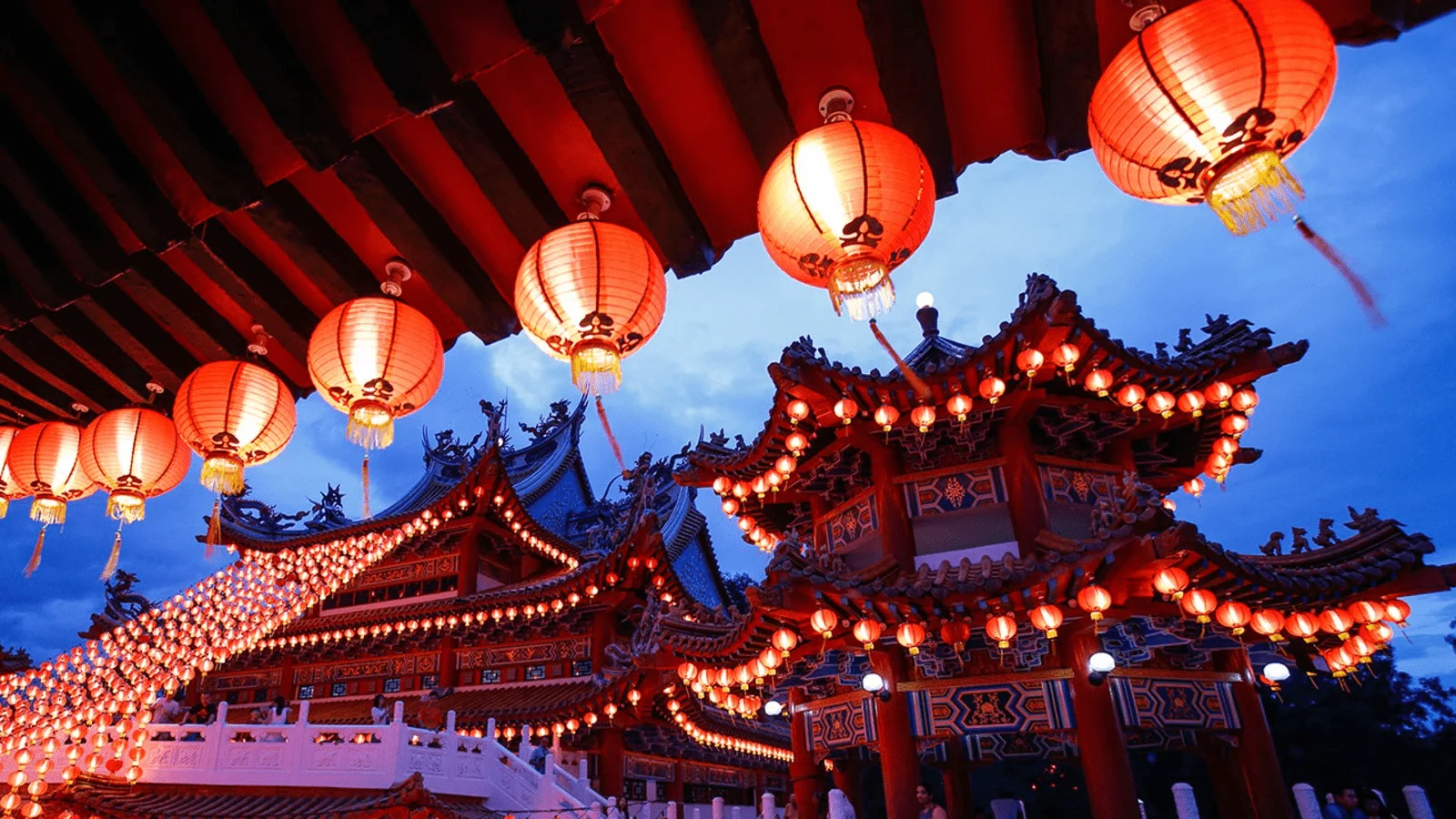Chinese New Year
Chinese New Year is the longest and most important holiday in China, as well as in some other East Asian countries. Celebration dates are determined by the lunar-solar calendar and vary each year. Chinese New Year has an ancient history, cultural, and religious significance.
For local residents, it symbolizes a new beginning, the awakening of nature and life. The celebration is massive, with great attention paid to family values, home, and attracting happiness and peace. Each year is associated with a specific color, as well as one of the 12 animals (according to the Chinese zodiac).
Chinese New Year does not have a fixed date, as it depends on a number of conditions. The holiday begins after the winter solstice, which usually falls on December 21 or 22, when the Sun is at its minimum height above the horizon. The second new moon after this event is the beginning of the holiday. According to the Gregorian calendar, this is usually the period between January 21 and February 21.
In China, along with the traditional Gregorian calendar, they use their own chronology system, which has much greater historical and cultural significance for local residents. The Chinese calendar changed several times, as each ruling dynasty led by an emperor introduced its own counting systems. Therefore, the years in China do not coincide with ours. Correspondence of years according to the Gregorian and Chinese calendars:
- 2021 – 4719 year of the white metal Ox;
- 2022 – 4720 year of the black water Tiger;
- 2023 – 4721 year of the black water Hare;
- 2024 – 4722 year of the green wooden Dragon;
- 2025 – 4723 year of the green wooden Snake;
- etc.
In addition to the common name, the holiday has several other variants. In the original it is called 春節 or Chunjie, which means Spring Festival. Another unofficial name is Lunar New Year, since the exact date of the holiday is determined by the calendar based on the phases of the moon.
Source: Chinese New Year
